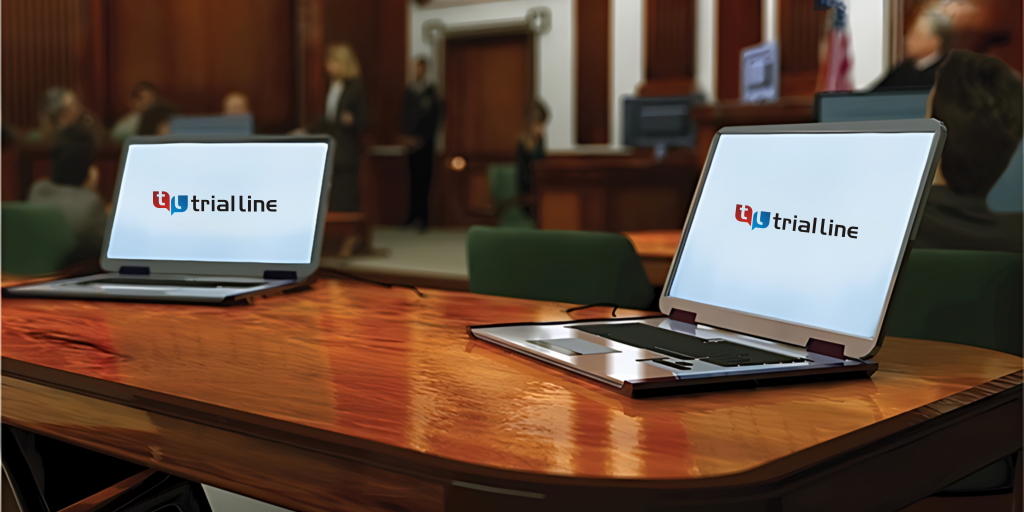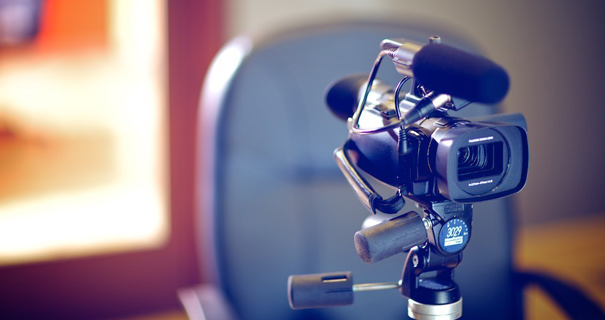The Power of Visuals in Trial Presentations for a Winning Disagreement
The assimilation of visuals in trial presentations has actually arised as a vital consider effectively interacting intricate arguments to jurors. By utilizing different kinds of aesthetic aids-- be it diagrams, photos, or computer animations-- lawyers can boost understanding and retention, ultimately shaping the jury's assumption of the instance. This approach not only clears up complex stories yet additionally establishes an emotional resonance that can influence decision-making. As we check out the subtleties of this method, it comes to be vital to consider how particular kinds of visuals can make a considerable distinction in test results. What sensible approaches might lawyers use to optimize this possibility?
Value of Visuals in Trials
In numerous legal setups, visuals play a critical duty in improving the effectiveness of trial discussions. The combination of visual elements can dramatically influence jurors' understanding and retention of complicated information, therefore forming their understandings and decisions. Visuals, such as graphes, representations, and photographs, can streamline complex narratives, making them extra easily accessible and compelling.
Moreover, the human mind processes aesthetic info more successfully than text, which underscores the value of integrating visuals right into legal arguments. By equating dense lawful concepts right into visual layouts, attorneys can promote more clear communication, making certain that essential points are not neglected during tests.
Additionally, visuals serve to engage jurors on a psychological level, fostering a link to the instance that words alone may stop working to attain. The tactical use of visuals can evoke compassion, motivating jurors to consider the human facets of the situation.
Ultimately, the relevance of visuals in trials depends on their capacity to improve clarity, boost juror involvement, and strengthen the narrative existing. This potent mix is important for crafting convincing debates that resonate with jurors and influence the end result of lawful proceedings.
Kinds Of Visuals to Make Use Of
Reliable trial presentations can considerably take advantage of a variety of visual devices that deal with various aspects of the case. trial presentations. Using representations and graphes can effectively break down complex info, making it a lot more absorbable for jurors. As an example, flowcharts can illustrate the sequence of events, while bar chart may succinctly compare appropriate data points.

Animations and simulations can also play a critical role, particularly in instances involving technical information or detailed scenarios. These visuals can dynamically represent procedures or activities, providing clearness and interaction that fixed photos may not achieve.
Moreover, infographics incorporate message and visuals to sum up necessary details properly. They can offer timelines, data, and substantial instance factors in an aesthetically attractive way, making it much easier for jurors to comply with the disagreement.
Enhancing Comprehension and Retention

Enhancing understanding and retention throughout trial presentations is crucial for making certain that jurors realize the visit here necessary aspects of a case. Visual help serve as powerful devices hereof, translating intricate info into conveniently absorbable formats. By making use of graphes, diagrams, and infographics, lawyers can simplify intricate information and highlight bottom lines that may or else be neglected.
Studies have actually shown that people keep details substantially better when it is offered visually. This is specifically significant in a trial setup, where jurors may be bewildered by the volume of proof and testimony. By purposefully site web incorporating visuals, lawyers can direct jurors' interest to the most important aspects of the situation, reinforcing their understanding and memory of the material offered.

Creating Engaging Discussions
Fascinating jurors' focus during test presentations is essential for communicating a compelling narrative. Involving presentations utilize visual aspects to create an unforgettable experience that resonates with jurors. The calculated use graphics, animations, and video clips can elucidate complicated details, making it much more obtainable and relatable.

Furthermore, incorporating narration techniques can boost engagement. Offering evidence in a rational sequence that develops sob story permits jurors to link with the product on a personal degree. Varying presentation layouts, such as incorporating brief video or interactive elements, can additionally sustain rate of interest and attention throughout the trial.
Inevitably, an engaging presentation cultivates a more profound understanding of the instance, enabling jurors to better value the debates being presented and causing an extra beneficial result.
Instance Studies and Success Stories
Many study highlight the significant effect of visuals in test discussions, demonstrating their ability to influence juror understandings and inevitably the end results of cases. For example, a read what he said significant instance entailing an accident claim showed exactly how the usage of a 3D computer animation of the crash scene made clear intricate details. Jurors reported feeling more educated and compassionate, considerably persuading their decision for the plaintiff.
In another instance, a company lawsuits instance used infographics to present monetary data and timelines, making intricate information accessible. The aesthetic depiction allowed jurors to comprehend the nuances of the case better than spoken descriptions alone. trial presentations. Consequently, the jury returned a judgment that surpassed the client's expectations
Moreover, a criminal protection situation employed pictures and video clip evidence to develop an alibi. The engaging visuals not only aided in developing question but additionally resonated emotionally with jurors, bring about a pardon. These success stories emphasize the requirement of integrating visuals right into trial discussions, as they improve understanding, retention, and ultimately, the influential power of legal arguments. The calculated use visuals is undeniably changing the landscape of trial campaigning for.
Conclusion
In final thought, the calculated unification of visuals in test presentations considerably improves jurors' understanding and retention of intricate details. Involving presentations, supported by compelling case research studies, demonstrate the profound effect that visuals can have on convincing interaction.